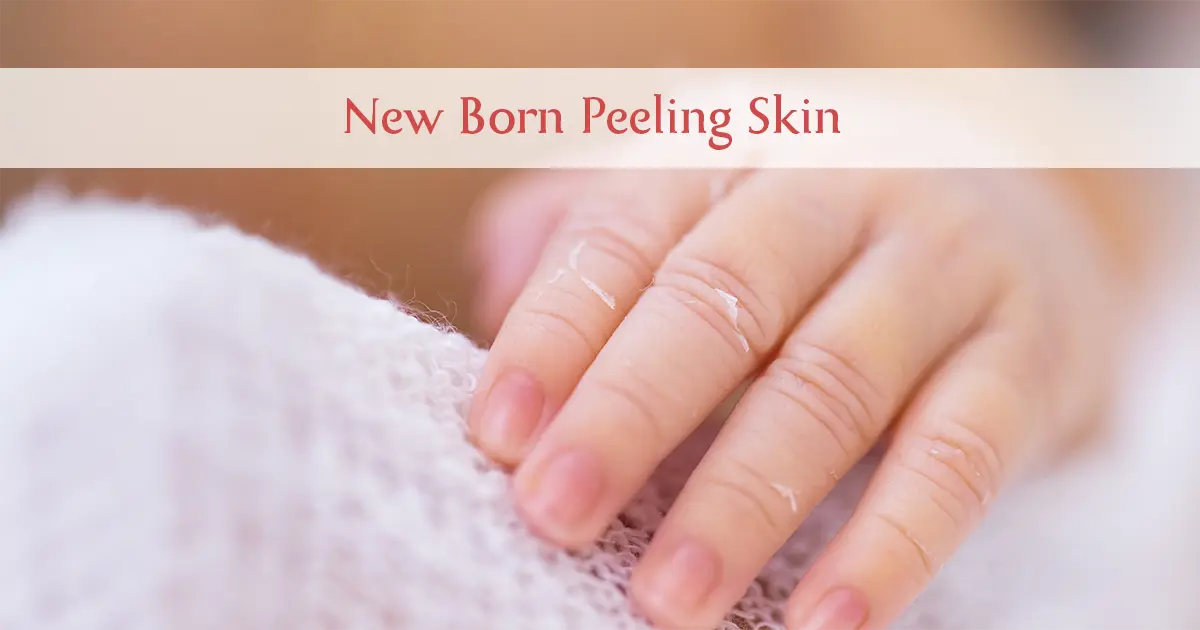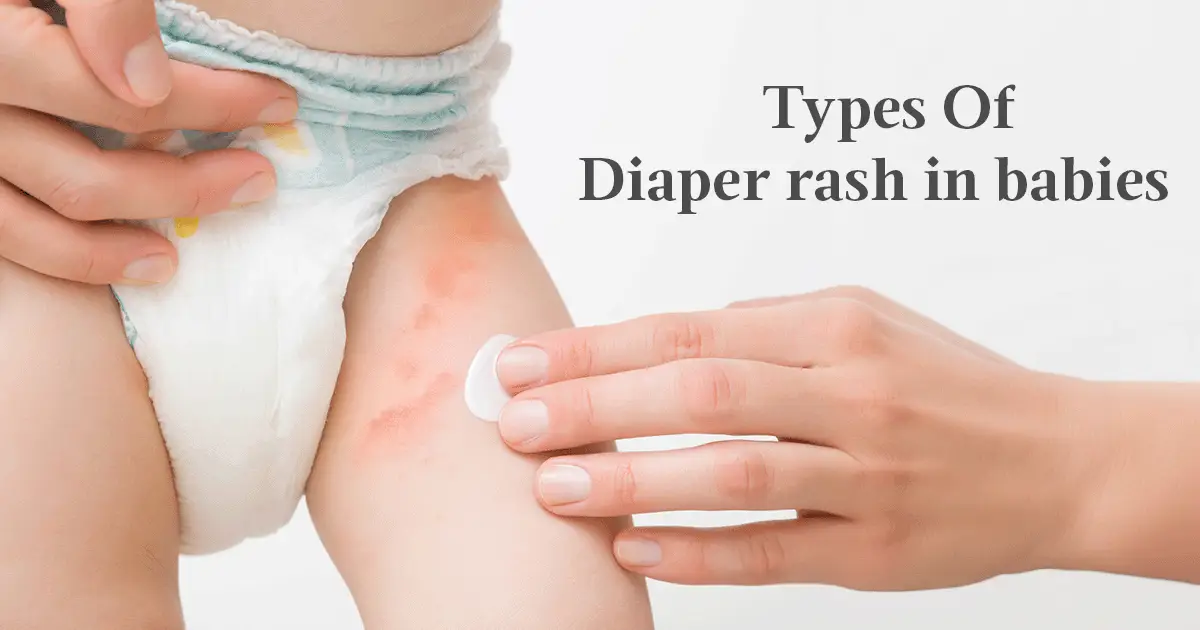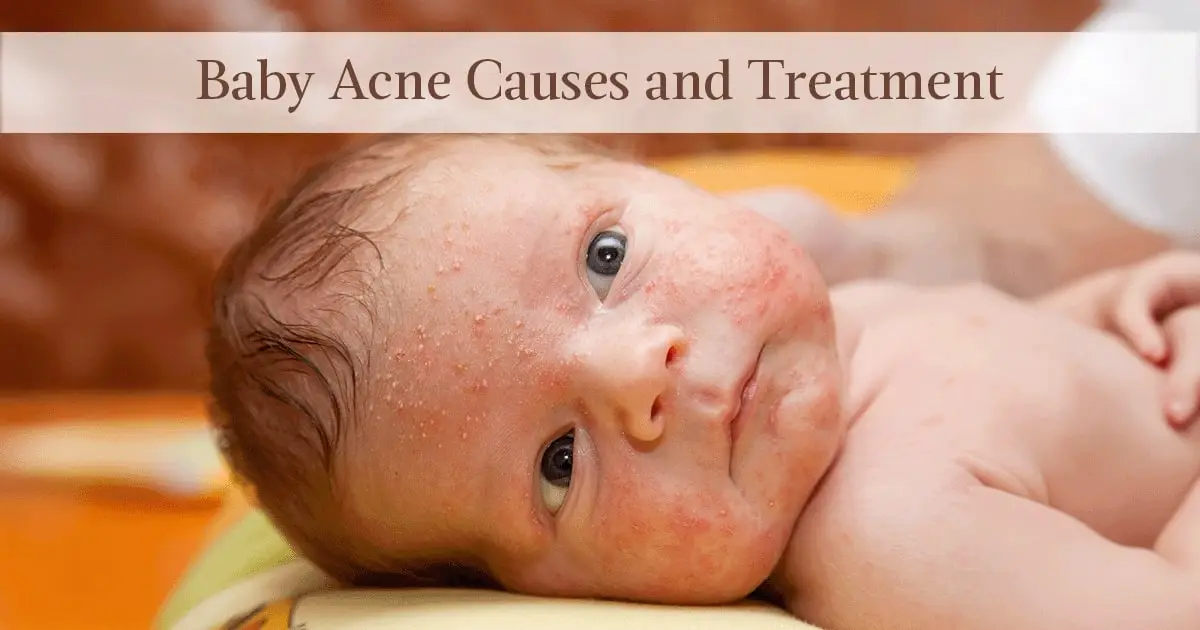
Dear New Mama, your little one is just a week old, and you are already giving your best to care for them. Suddenly, you notice their skin peeling, and it might worry you but do not! It’s completely normal for newborns to shed some skin in the first two weeks.
There are several reasons why this happens, and it is important to know which peeling is typical and what may need extra attention. Keep reading to understand everything about your newborn’s peeling skin and how to care for it. 1
Why Does Newborn Skin Peel?
Peeling skin in newborns can happen for several reasons, and one of the most common causes is related to pregnancy and birth. This type of peeling usually resolves on its own within the first couple of weeks.1
1. Lack of Skin Shedding in the Womb
While in the uterus, a baby’s skin is surrounded by amniotic fluid, which protects it during growth. To prevent the skin from peeling prematurely, babies develop a thick, pasty coating called vernix caseosa around the middle of pregnancy. 1
After birth, nurses typically clean the baby, wiping away blood and amniotic fluid and with it, the protective vernix. Once this coating is gone, the baby’s skin may naturally shed a few layers.
2. Exposure to Amniotic Fluid
The thickness of vernix varies depending on the baby’s gestational age. Babies born full-term or post-term tend to have less vernix, leaving their skin more exposed to amniotic fluid. As a result, post-term babies often experience more noticeable peeling.1
While most newborn skin peeling is harmless, sometimes it can indicate an underlying skin condition. Your pediatrician or a dermatologist can help diagnose these conditions and suggest safe treatments. Common conditions include: 1
1. Baby Eczema (Atopic Dermatitis)
- Eczema is usually not diagnosed right after birth, but it can appear in some infants.
- Around 60% of children with eczema develop it before their first birthday.
- Symptoms include red, irritated, and itchy skin, often on the face or scalp.
- As flare-ups heal, the skin may flake and peel, allowing new, healthy skin to emerge.
- Eczema rarely affects the diaper area. 1
2. Ichthyosis
- Ichthyosis is a genetic condition where babies are born with an extra layer of skin.
- This extra skin can crack, peel, and itch.
- Severe cases may require care in a neonatal intensive care unit (NICU), sometimes in a high-humidity chamber, until the skin condition improves. 1
3. Psoriasis
- Psoriasis is an inflammatory skin disease that usually appears after age 15, but it can rarely affect infants.
- About one-third of psoriasis cases start during childhood.
- Babies may develop raised, itchy scales, similar to cradle cap.
- If cradle cap is persistent or worsening, it could be an early sign of psoriasis. 1
5 Tips for Newborn’s Peeling Skin
Most peeling in newborns is completely normal and doesn’t require special medical treatment. Usually, it stops on its own within the first couple of weeks. However, there are some gentle ways to protect and care for your baby’s delicate skin during this phase:
1. Don’t Peel or Exfoliate
It may be tempting to try to remove the peeling skin, but resist that urge.The best thing you can do is let it fall off naturally. 1
2. Keep Skin Moisturized
Moisturizing helps maintain healthy, protected skin.
- Bundling in cold weather: Dry air can pull moisture from skin.
- Daily moisturizing: Apply lotion 2–3 times a day, especially after baths.
- Using a humidifier: Moist air helps prevent skin dryness.
Moisturising won’t speed up peeling, but it will protect new skin and keep it healthy.
3. Be Gentle When Washing
Until the umbilical cord falls off or a circumcision heals, use sponge baths instead of full baths.
- Use a soft washcloth or your hands; don’t scrub.
- Keep baths short (under 10 minutes) and use lukewarm water to avoid drying out the skin.
4. Avoid Harsh Chemicals and Fragrances
Newborn skin is sensitive. Choose fragrance-free baby shampoos, soaps, and lotions and gentle detergents for baby clothing.This helps prevent irritation during the peeling phase.
5. Keep Your Baby Hydrated
Internal hydration is just as important as surface moisture. Ensure your baby gets enough breast milk or formula.
Final Thoughts
Peeling skin in newborns is usually a normal and temporary process, part of your baby’s natural adjustment to the world outside the womb. Most peeling resolves on its own within the first two weeks, and with gentle care like moisturizing, using mild cleansers, and avoiding harsh chemicals you can keep your baby’s delicate skin healthy and comfortable.
Remember, while most peeling is harmless, monitor for unusual signs such as redness, persistent scaling, or irritation, and consult your pediatrician if needed. With patience and proper care, your little one’s skin will soon reveal its soft, healthy glow.
Frequently asked questions:
1. When does newborn skin peeling typically stop?
Newborn skin peeling usually starts within the first week after birth and often resolves on its own within 1–2 weeks. Babies born post-term may experience slightly more peeling, but it generally isn’t a cause for concern.
2. Can you use lotion on newborn dry skin?
Yes! Gentle, fragrance-free, baby-safe lotions or petroleum-based ointments can help keep the skin hydrated and protect the new, delicate skin underneath.
3. Can you exfoliate newborn dry skin?
No. Never scrub or exfoliate a newborn’s skin. Peeling skin is natural and protects the fresh skin underneath. Let it shed naturally to avoid irritation or damage.
4. Is breast milk good for newborn dry skin?
Yes, breast milk has antibacterial and healing properties and can be applied to minor dryness or irritation. However, it’s not a replacement for a moisturizer, especially for general dryness.
5. Can I put coconut oil on my newborn?
Yes, coconut oil is generally safe for topical use on a baby’s skin. It can help moisturize and soothe dry patches. Make sure it’s pure, cold-pressed, and chemical-free, and avoid using it on broken or infected skin.









.webp)

